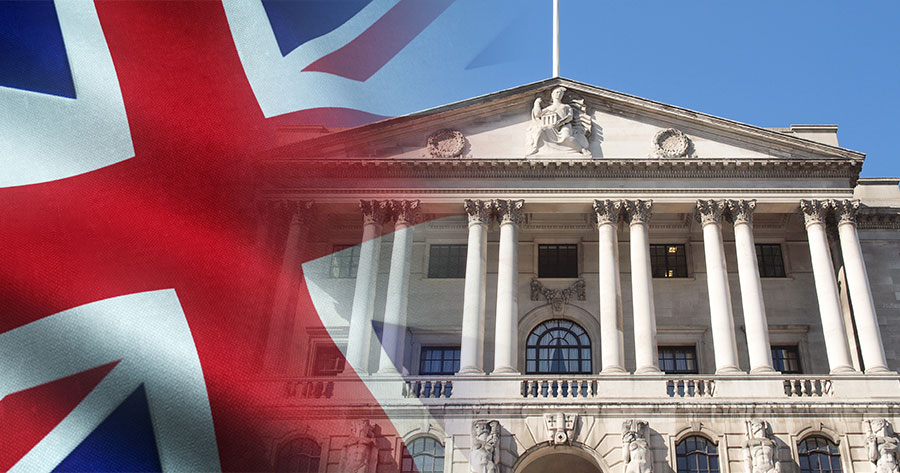Morgan Stanley has maintained its prediction of a potential interest rate cut by the Bank of England (BOE) in May, a view that diverges from the consensus in the market.
Chief economist Jens Eisenschmidt reiterated the bank’s earlier forecast during an interview with CNBC’s “Street Signs,” noting that despite dwindling support for such a move, they are still considering a rate cut next month.
Last month, Morgan Stanley noted that wage growth at its slowest rate since 2022 will be a buffer for the central bank to cut rates early, adding that the chance for interest rate cut is “severely underpriced.”
The prevailing sentiment in the market currently anticipates an initial rate cut by the BOE in September, as indicated by LSEG data. This outlook comes against the backdrop of the upcoming U.K. general election scheduled before Jan. 28, 2025.
Expectations for a rate cut have weakened in recent weeks, influenced by persistent U.S. inflation figures and a more hawkish tone from the Federal Reserve, challenging the global disinflation narrative. Even the European Central Bank, which hinted at a potential rate reduction last week, expressed concerns that escalating tensions in the Middle East could impact these plans.
BOE Governor Andrew Bailey highlighted divergent economic outlooks between Europe and the U.S., expressing confidence in the gradual decline of U.K. inflation. While the latest inflation data for March showed a slight decrease to 3.2% from 3.4% in February, it fell short of the projected 3.1% for the previous month.
The BOE projects that inflation will dip below its 2% target in the second quarter before rebounding towards 3% later this year. Eisenschmidt echoed this forecast, emphasizing that central banks globally are navigating an uncertain disinflationary path, warranting a cautious and measured approach to rate adjustments.
Morgan Stanley now foresees three rate cuts by both the ECB and the Fed this year, with expectations for the ECB to enact its first reduction in June and the Fed to follow suit in July, following recent revisions to their forecasts.





